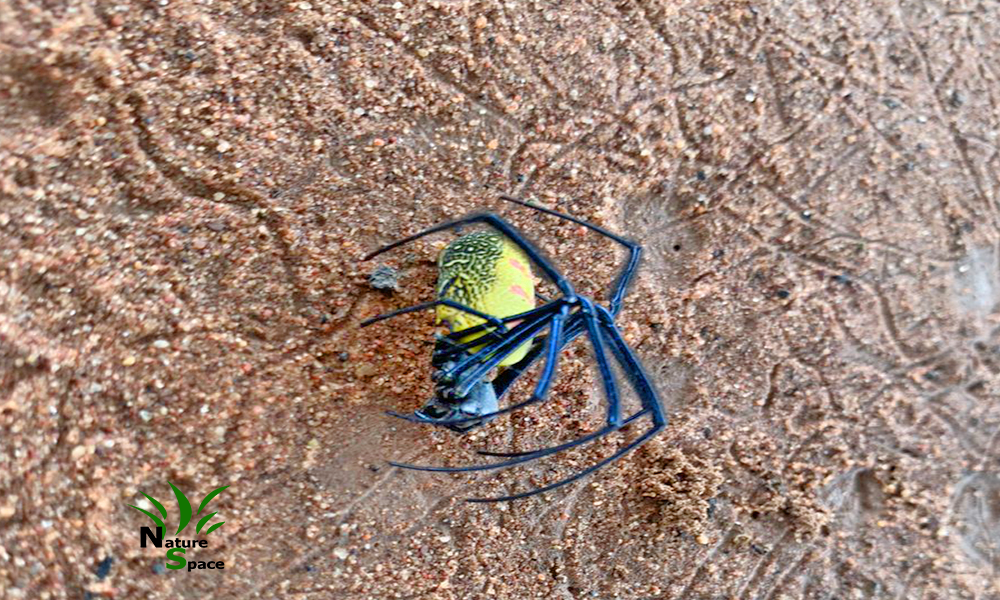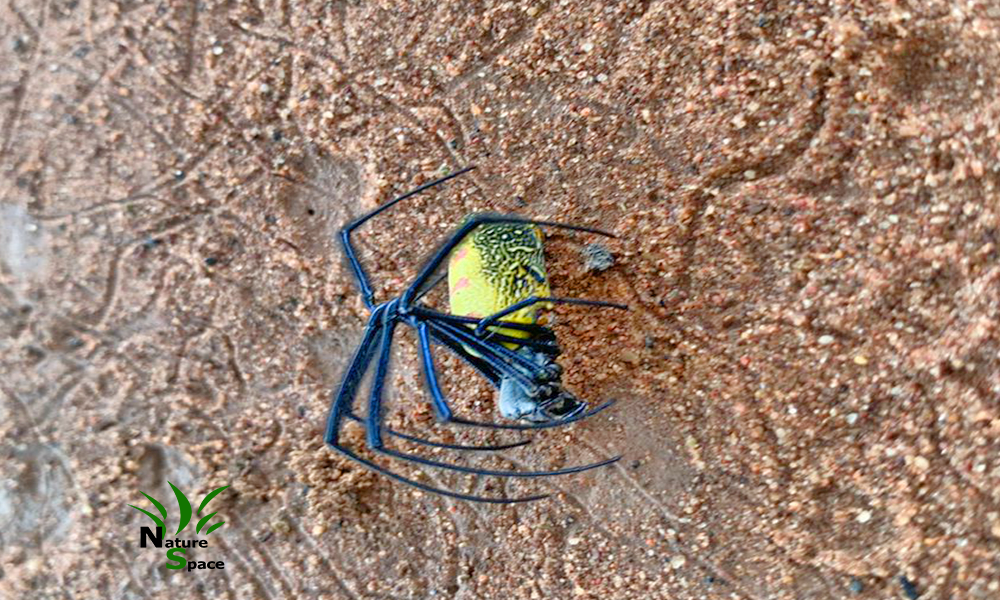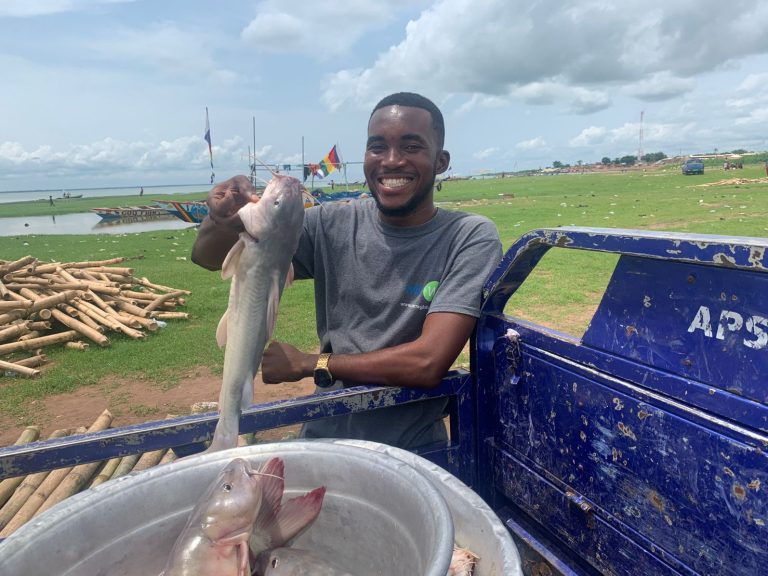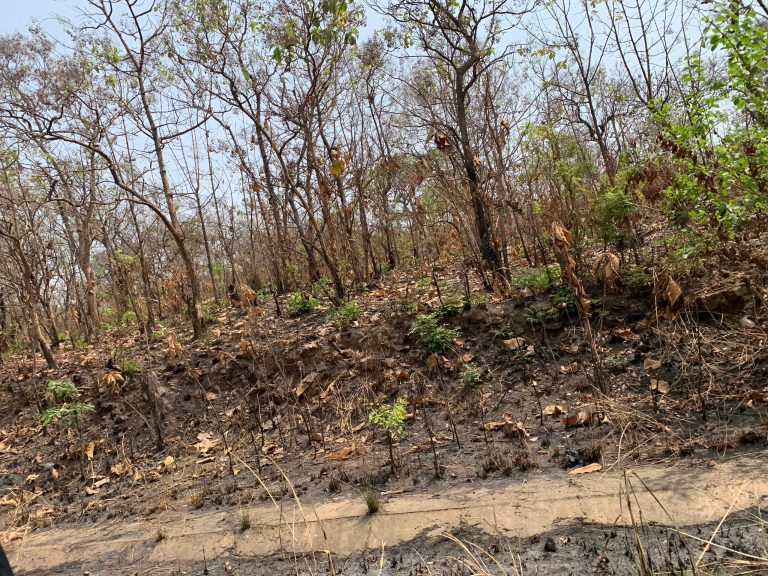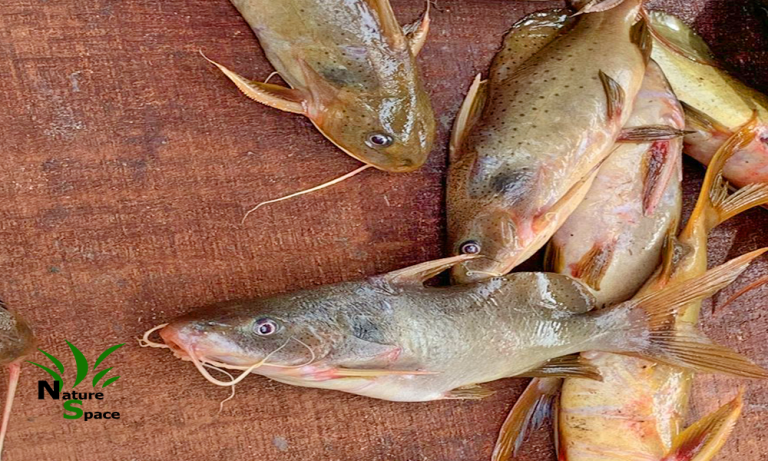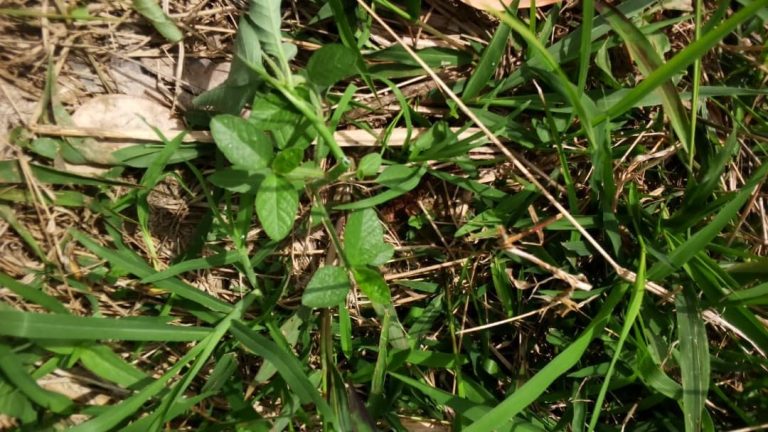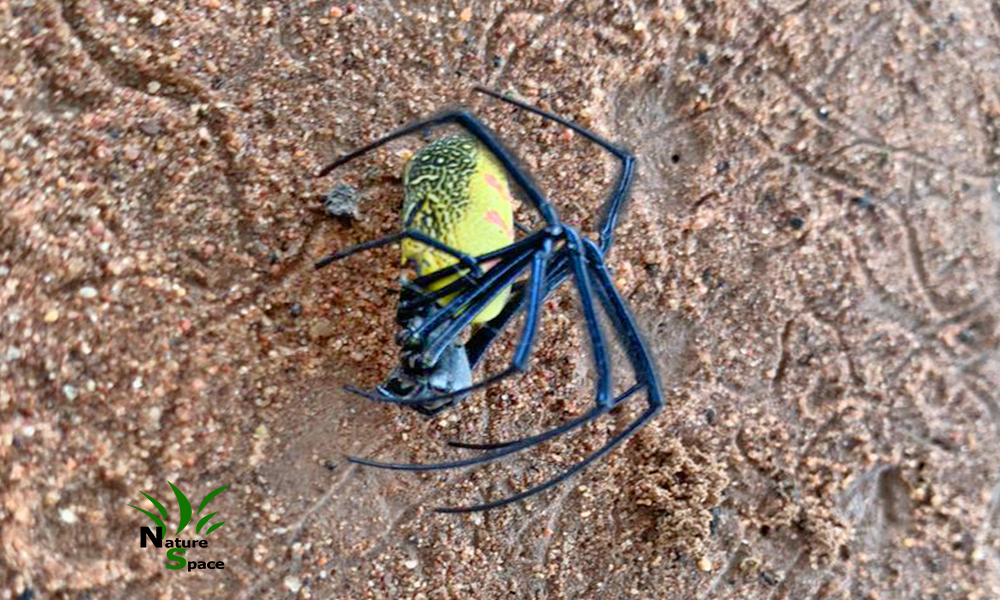
Article by Daniel K. Owusu
The red-legged golden orb-weaver spider is scientifically known as Trichonephila inaurata belonging to the Family Araneidae and Genus Trichonephila. The species derived its name from the color of the yellow silk used in making its web. During sunshine, their yellow threads shine like gold with Carotenoids being the main contributor to their yellow threads.

Trichonephila inaurata
Image source: Authors own submission: Daniel Kwaku Owusu, 2023
Trichonephila inaurata having good weather (and no rain has damaged the orb web), subadults and adults often rebuild only a portion of the web. This type of spider removes and consumes the portion to be replaced, builds new radial elements, then spins the new spirals. The art of partial orb renewal is distinct and unique among this species from other orb-weaving spiders that usually replace the entire orb web.
What are their habitats?
Trichonephila inaurata can weave webs really strongly that sometimes it can even catch birds and bats. The webs are normally found in damp places such as large trees and unpolluted areas to which no cars and other vehicular mobile have access. Normally, several are strung together to form enormous “homes” so as to cover as much surface area as possible.
What is their prey?
The Trichonephila inaurata feeds on flies, mosquitoes, moths, wasps, and beetles that get tangled up in the web.
Now let us learn about their captive breeding behavior.
The species is commonly kept in captivity. Their egg sacs the size of a small marble are made of thick silk. Each thick silk contains approximately 100-200 eggs which hatch after two months. Hatched eggs start out with a 2mm leg span and grow rapidly.
The male spiders mature within one-two months depending on the form. A small percentage of males mature early and resemble a small, black crab spider with only an 8-10mm leg span. Most males mature later and resemble the form of the female but have very little color and only a 25-30mm leg span. Females mature in four months with an approximate 100mm leg span.
OUR TAKE HOME
Each species is unique and plays a crucial role in the food chain and food web. They also contribute to biodiversity and promote ecological diversity as well as nature. It is our mandate to conserve and ensure that the species does not become extinct through our actions and inactions. Together, we can conserve.
